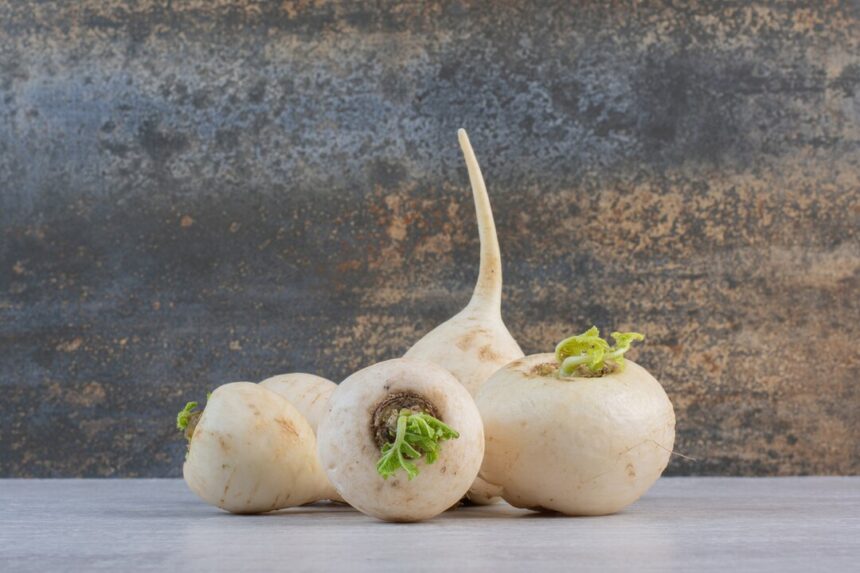Sugar beets (Beta vulgaris) are a vital crop in South Africa’s agricultural landscape, providing a significant source of sugar for both domestic consumption and export. To maximize the quality and yield of sugar beets, farmers employ various techniques and strategies tailored to the local climate, soil conditions, and pest pressures. By implementing innovative practices and leveraging technology, South African farmers can enhance both the quantity and quality of their sugar beet harvests. Here are some key techniques for achieving optimal results:
1. Soil Preparation and Fertilization:
- Proper soil preparation is crucial for establishing healthy sugar beet crops. Farmers should conduct soil tests to assess nutrient levels and pH, then amend the soil as needed with organic matter and essential nutrients.
- Applying balanced fertilizers containing nitrogen, phosphorus, and potassium (NPK) at the right time and in the right amounts can promote vigorous growth and improve sugar beet yield and quality.
2. Variety Selection:
- Choosing the right sugar beet varieties suited to South Africa’s climate and growing conditions is essential for maximizing yield and quality. Selecting varieties with resistance to common pests and diseases can reduce the need for chemical inputs and improve crop resilience.
3. Irrigation Management:
- Efficient irrigation management is critical for sugar beet production, particularly in regions prone to drought or water scarcity. Employing drip irrigation or other water-saving techniques can ensure adequate moisture levels while minimizing water waste.
- Monitoring soil moisture levels and adjusting irrigation schedules based on crop growth stages can help prevent water stress and optimize sugar beet yield and quality.
4. Weed Control:
- Effective weed control is essential for preventing competition for nutrients, water, and sunlight, which can reduce sugar beet yield and quality. Employing integrated weed management practices, such as crop rotation, mulching, and herbicide application, can help suppress weed growth while minimizing environmental impact.
5. Pest and Disease Management:
- Sugar beets are susceptible to various pests and diseases, including aphids, nematodes, and fungal pathogens. Implementing integrated pest and disease management strategies, such as biological control, crop rotation, and resistant varieties, can help minimize yield losses and maintain crop health.
6. Precision Agriculture Technologies:
- Embracing precision agriculture technologies, such as GPS-guided tractors, drones, and soil sensors, can provide farmers with valuable data and insights to optimize sugar beet production. Monitoring crop health, nutrient levels, and pest pressures in real-time can enable targeted interventions and improve overall yield and quality.
7. Post-Harvest Handling and Storage:
- Proper post-harvest handling and storage practices are essential for preserving sugar beet quality and extending shelf life. Prompt harvesting, gentle handling to avoid bruising, and adequate storage facilities with proper ventilation and temperature control can help maintain sugar beet freshness and sweetness.
8. Continuous Monitoring and Evaluation:
- Regular monitoring and evaluation of sugar beet crops throughout the growing season are crucial for identifying potential issues early and implementing corrective measures. Keeping detailed records of agronomic practices, pest and disease pressures, and yield data can inform future decision-making and optimization efforts.
By implementing these techniques and staying informed about advancements in agricultural science and technology, South African farmers can enhance the quality and yield of their sugar beet crops while promoting sustainable farming practices. With careful planning, innovation, and dedication to continuous improvement, the sugar beet industry in South Africa can thrive and contribute to the country’s agricultural prosperity and food security.
Join 'Farmers Mag' WhatsApp Channel
Get the latest Farming news and tips delivered straight to your WhatsApp
CLICK HERE TO JOIN






